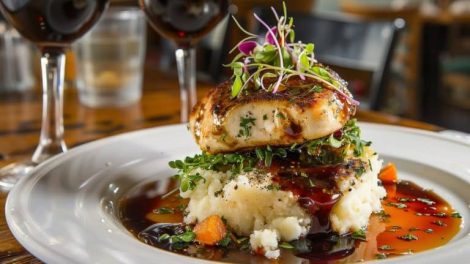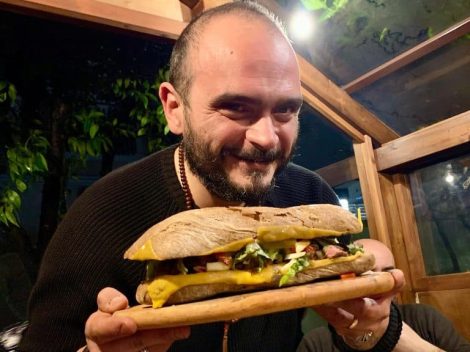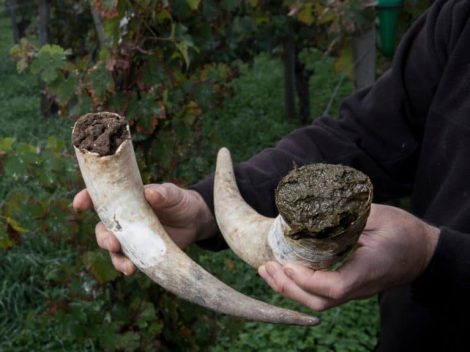Mantua or Brescia? The ongoing debate over the origin of the rose cake, a beautifully leavened sweet first served in 1490 during the wedding of Isabella d’Este and Francesco II Gonzaga in Mantua, continues. Evolving from a homemade and pastry treat, the rose cake has found its way into restaurant settings over time, making it a beautiful gesture for Valentine's Day.
Torta di rose (Rose Cake): a wedding dessert
Cristoforo di Messibugo, a cook at the Gonzaga court, was the first to create the rose cake. He drew inspiration from a bouquet of buds to craft a dough with a dramatic and elegant shape. Over time, the recipe has been personalized and interpreted in various ways, but the appearance remains consistent: a collection of soft brioche dough rolls baked together to simulate flowers. Traditionally, the dough is filled with a butter and sugar cream, but there are also variations with sweet jams or spreads.
Torta di rose in the Culinary Scene
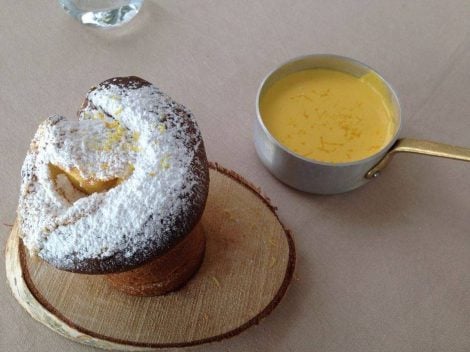
Making it at home is simple; it just requires a bit of patience for the rising times. Perfect as a gift for a loved one or for special occasions, the rose cake has rightfully earned its place on restaurant menus. The most famous example is that of Riccardo Camanini, who introduced it at Villa Fiordaliso in 1998. "It was the cake my mother always made," says the chef. "It's my childhood memory, and I wanted it to be on the menu." He reimagined it as a plated dessert with Vov zabaglione, taking the leavened treat beyond the domestic sphere. "The beauty is that the journey of the dessert has continued; today, it can be found in different forms, sometimes even in foreign restaurants."
A Dessert to Share
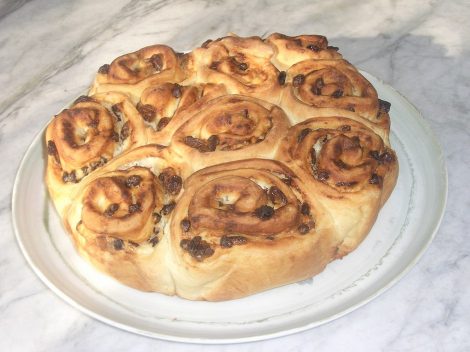
After Villa Fiordaliso, other restaurants have decided to include the rose cake on their menus, such as Esplanade in Desenzano, although they no longer serve it. Camanini, on the other hand, always carries it with him. "I've never stopped making it; it's also available at Lido 84." Naturally, with some variations: "Over the years, we have continued to work on the search for raw materials; the flours have changed, but this applies to all our dishes, which are always in development." In the filling, classic ingredients like butter, sugar, and vanilla are used, but of high quality. "We use Thaiti vanilla, the aroma that, for me, is most linked to the floral world and that I associate with delicacy."
The fragrance is the strength of the cake, the most vivid memory in the chef's mind: "When my mother used to make it, the smell lingered throughout the house all day." This characteristic makes the dessert special, along with the caramelized note, "which we used to steal with our hands from the bottom of the pan... that's what I love about the rose cake: it's a dessert to share, to break together with your hands."

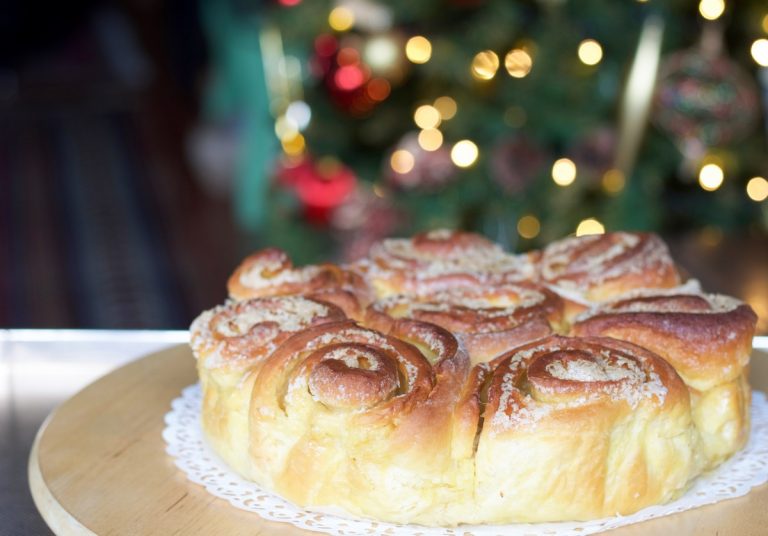
 Christmas Eve dinner and Christmas Day lunch: festive traditions rooted in Solstice feasts
Christmas Eve dinner and Christmas Day lunch: festive traditions rooted in Solstice feasts George Washington had his secret recipe: here’s how Eggnog made a comeback in Europe
George Washington had his secret recipe: here’s how Eggnog made a comeback in Europe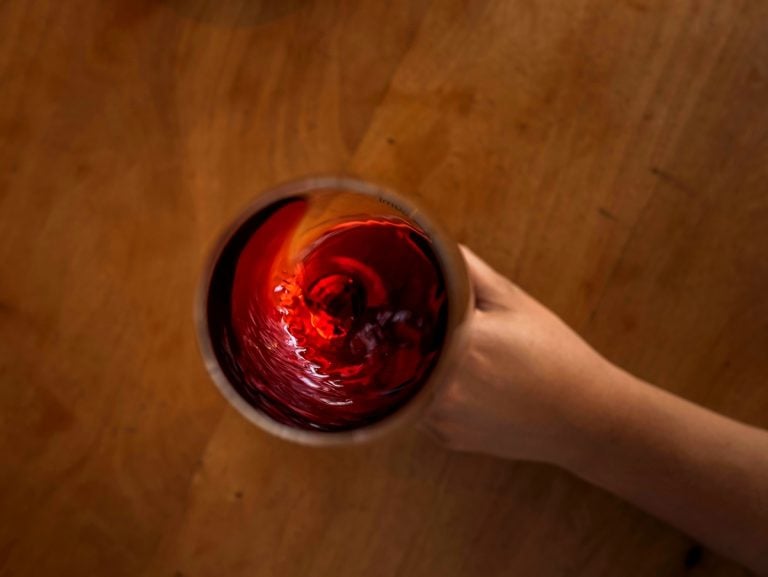 Historical breakthrough: Italy will also produce dealcoholised wines. Lollobrigida signs the decree
Historical breakthrough: Italy will also produce dealcoholised wines. Lollobrigida signs the decree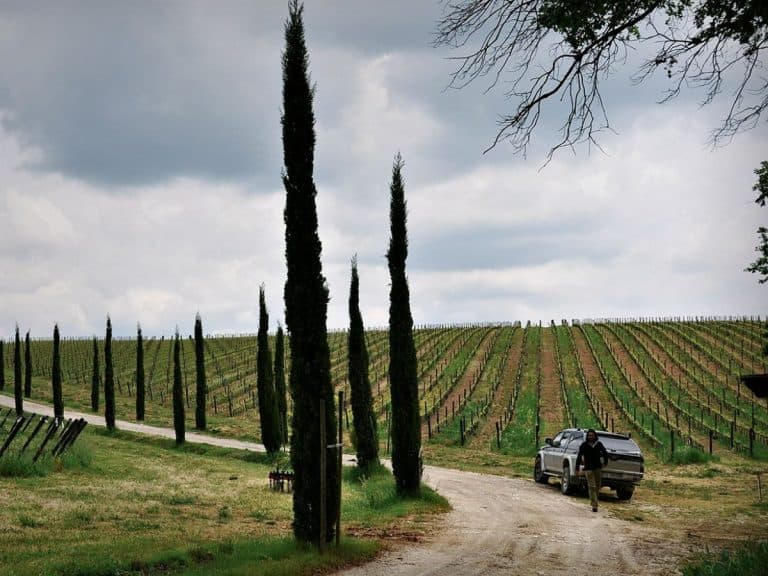 If you say Syrah, you say Cortona. The story of Stefano Amerighi and other Tuscan producers
If you say Syrah, you say Cortona. The story of Stefano Amerighi and other Tuscan producers The Game (and the misunderstanding) of dealcoholised wines: even an expert critic can be fooled at first sip
The Game (and the misunderstanding) of dealcoholised wines: even an expert critic can be fooled at first sip